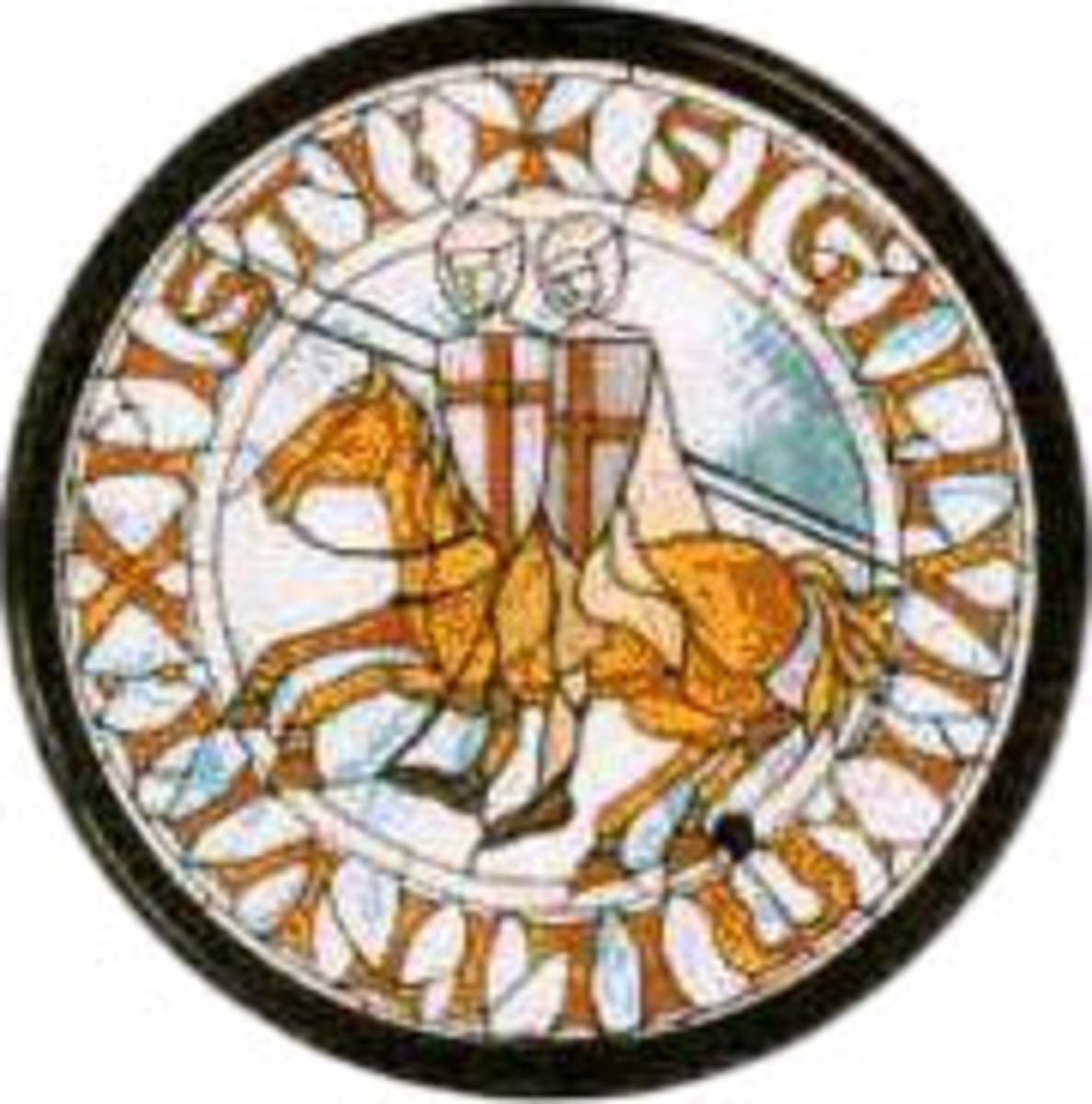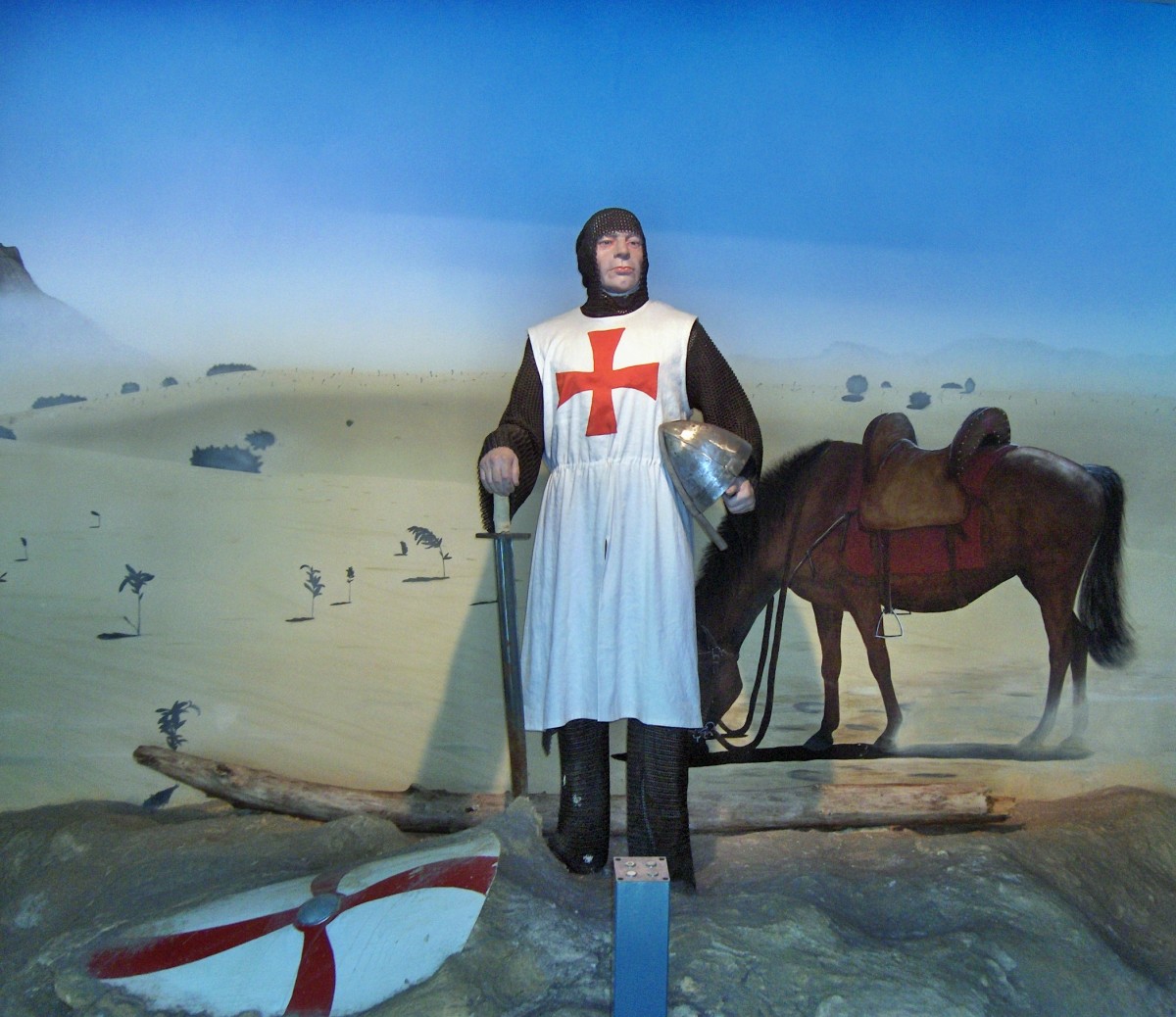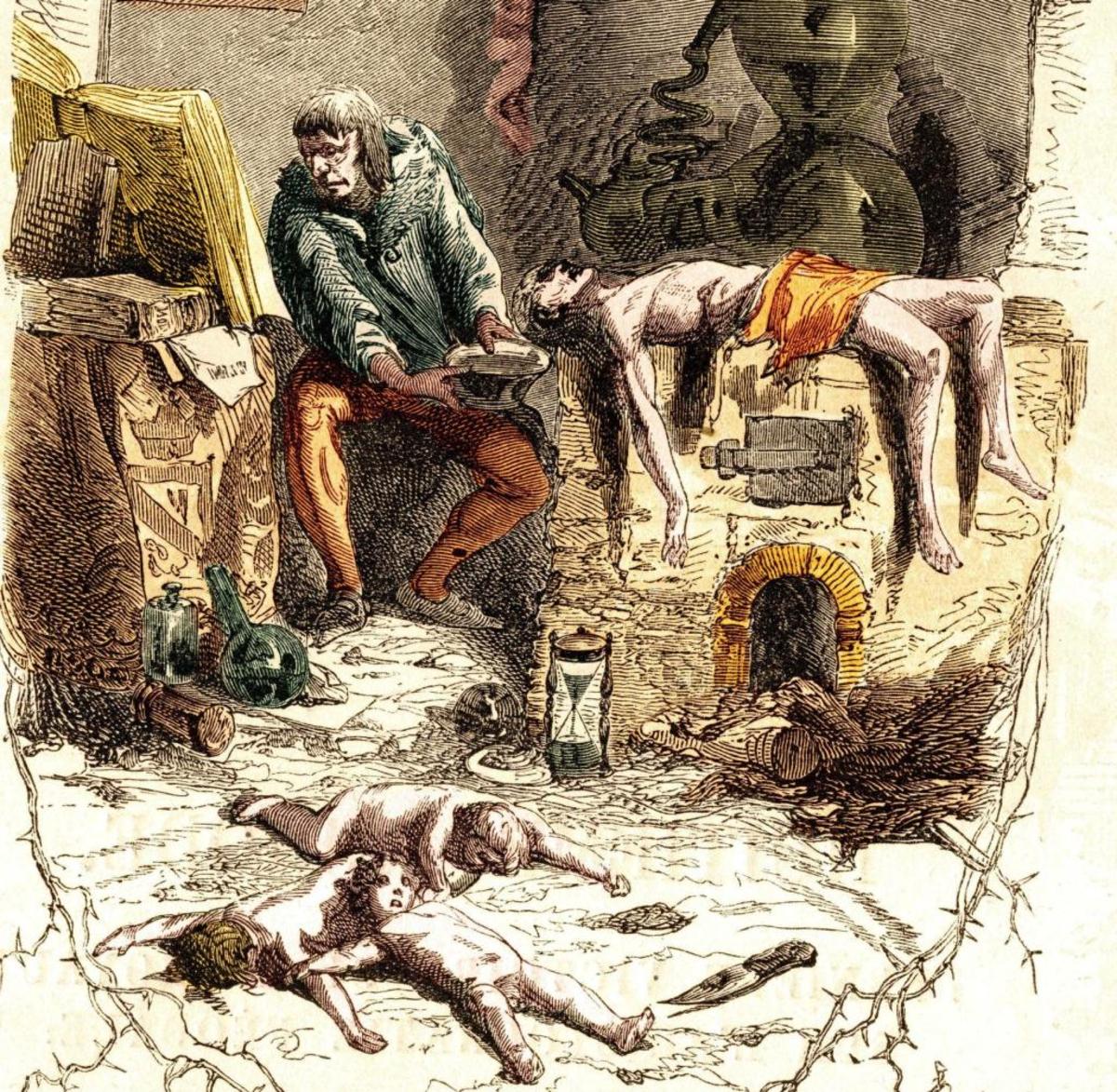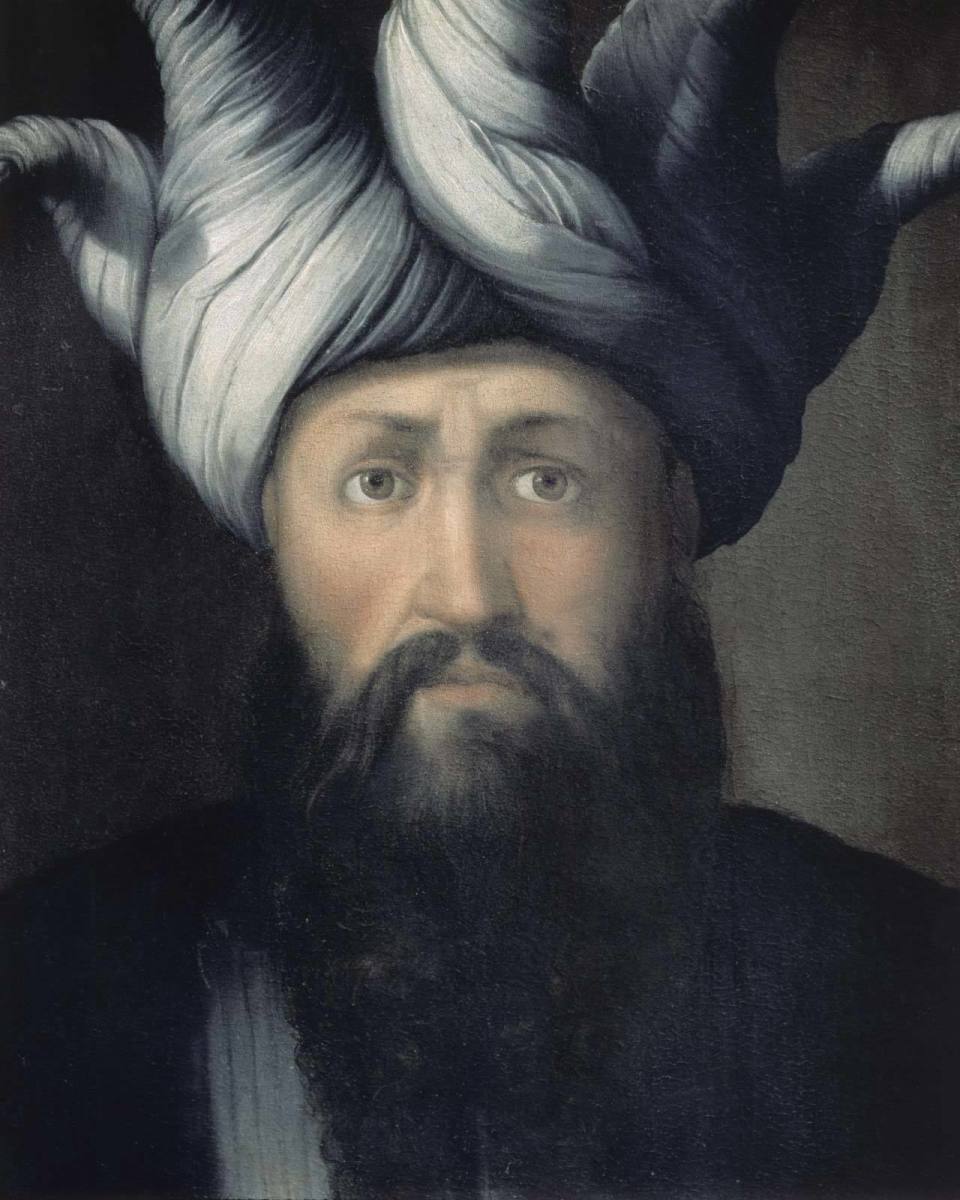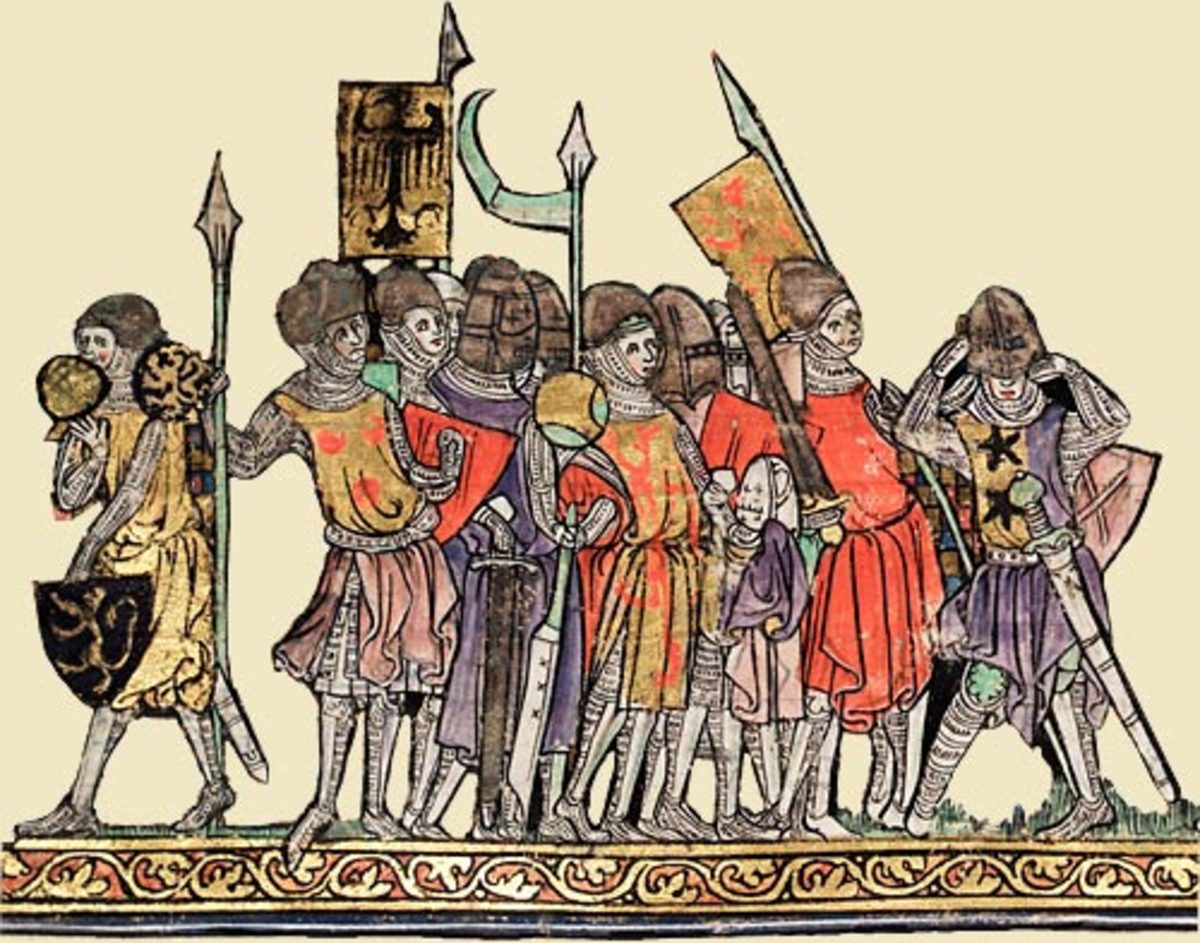The Knight Hospitalers
The Beginning
The Knights Templar were not the only religious order which existed to help pilgrims visit the Holy Land. In the same year, (1113) that the Templars were created, so too the Knights of Saint John of Jerusalem, called the Knights Hospitalers.
Following the first Crusade, the Muslim rulers of the Holy Land gave permission for a Latin-rites church to be built, as well as a hospital which would serve Christian pilgrims in Jerusalem.
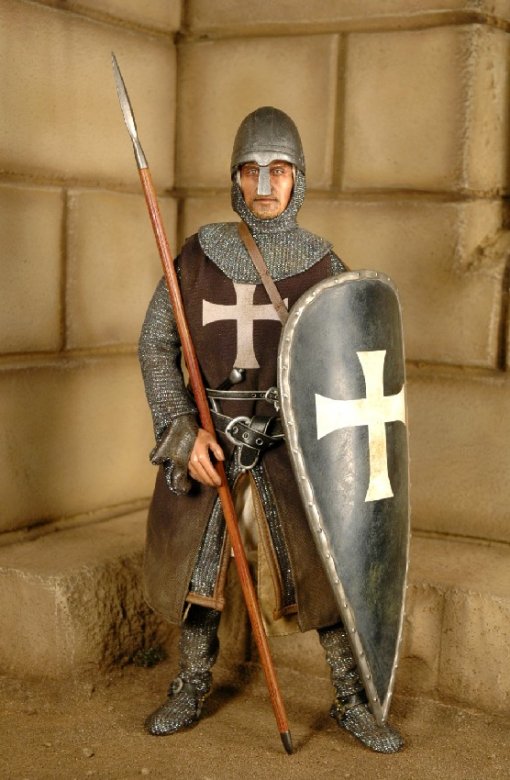
The Purpose and Organisation
When the Crusaders captured Jerusalem, Gerard de Martignes, the head of the Hospitalers, formed the Order of "The Friars of the Hospital of St. John of Jerusalem", which was recognized by Pope Paschal II in 1113.
The purpose of the Order was to aid the pilgrims and protect the church and hospital.
Raymond du Puy, Gerard's successor, turned the order into more a military organisation.
It was decided to have four separate classifications; the Knights of Justice, who had to be of noble birth, Chaplins, who handled the spiritual part of the order, Serving Brothers, who were servants as well as warriors. and Donats, honorary members who made large contributions.
The Order amassed great wealth.
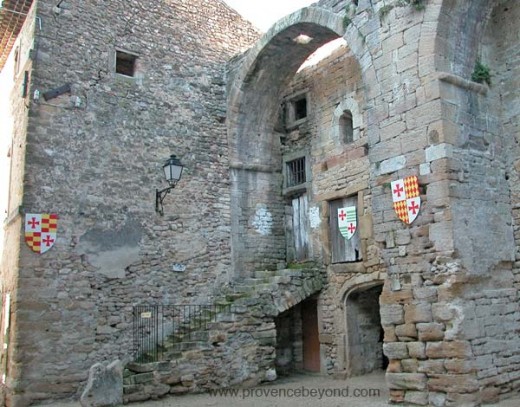
Defending the Holy Land
In the Holy Land, these knights participated in the capture of Ascalon in 1154.
In 1187, when Jerusalem was lost to the Muslims, the Knights Hospitalers moved to Margat, purchasing the town of Valenia.
By 1190 they had moved their headquarters to Acre, where they built an extensive defensive complex.
In 1291 the Hospitalers were driven from the Holy Land and went to Cyprus. They protected the convoys for the pilgrims.
In 1308-1310, grand master Foulques de Villaret went on a special crusade which conquered Rhodes from the Saracens. They took the name Knights of Rhodes.
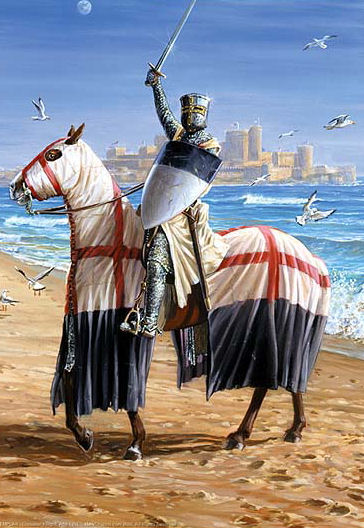
Hospitalers vs Templars
In contrast to the Templars, who were visible and higly popular in Europe, the Hospitalers were occupied with the defense of the Holy Land.
They were unavailable to be used by Kings and Popes.
As they were far away, performing a vital service of capturing property for the Church, their wealth and property was sacrosanct.
The Templars, however, made the mistake of being available to make loans. They made one to the French King, who did not wish to repay, and colluded with the Pope to destroy the Templars.
In 1312, the property of the Knights Templars was given to the Knights Hospitalers, who went on to capture Smyrna.
These Knights aided the king of Cyprus in capturing Alexandria, defended Rhodes from attacks by Sultan Muhammad II until 1522, when Rhodes was lost.
Malta
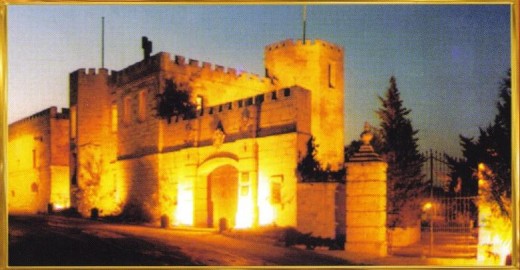
Receiving Malta
The Knights Hospitalers had no base until 1530. In that year they were given the island of Malta by the Holy Roman Emperor Charles V. They were then referred to as the Knights of Malta.
They built fortifications to defend against invasion. In 1571, the battle of Lepanto effectively stopped the Turks in the Mediterranean.
In England, the Protestant Reformation led to Henry VIII suppressing the English branch of the Hospitalers and in 1798, Napoleon Bonaparte captured Malta during his Egyptian campaign. He offered the Hospitalers a deal; they would leave the island, and gain lifetime pensions, or face overwhelming odds and be killed.
The Hospitalers left Malta, and selected Czar Paul of Russia as their grand master, moving to St. Petersburg. With the Pope's agreement, the Roman Catholic order of the Hospitalers were now ruled by an Orthodox emperor.
In 1802, following the death of Czar Paul, the Pope named Tommasi as grand master, the last official head of the Hospitalers.
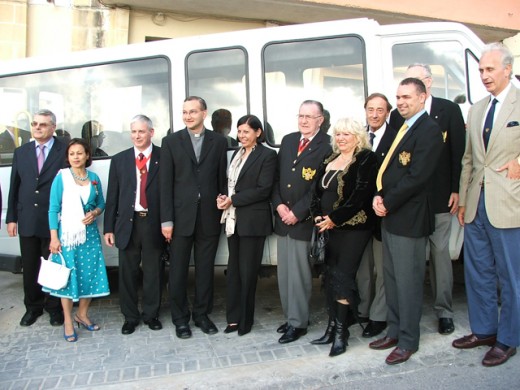
To the Modern Day
Subsequently, The Knights Hospitalers moved to Catania, but had no Grand Master.
From Catania they went to Ferrara, and finally to Rome where the Order ended.
In 1827 French Hospitalers reestablished the Grand Priory in their attempt to revive the order.
In 1879, the Pope restored the office of grand master.
The Hospitalers became a charitable organization devoted to the care of the sick and the wounded.
In 1926, an association of this new order was founded in the United States.

